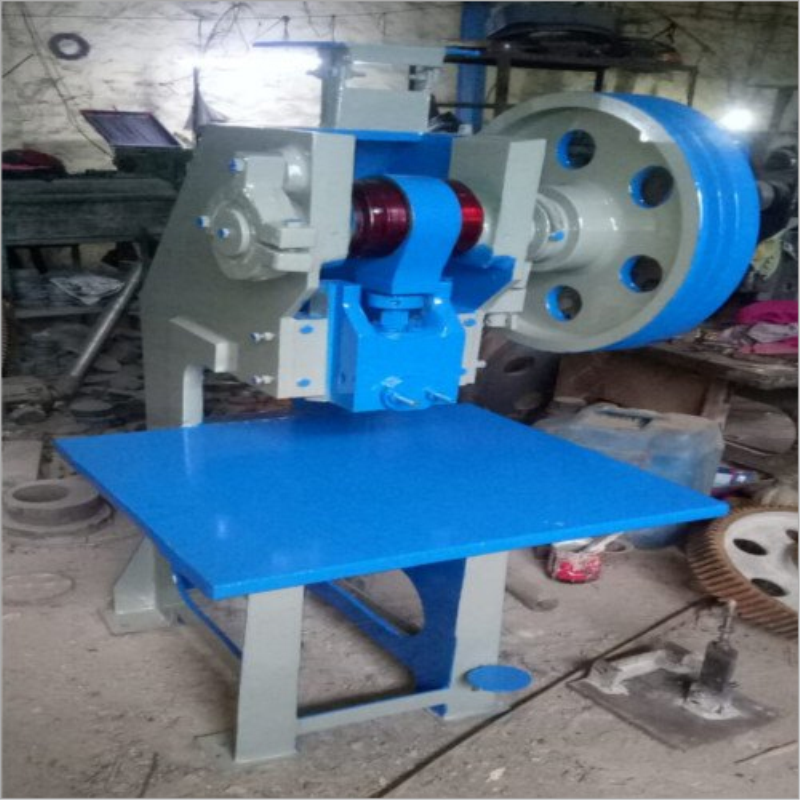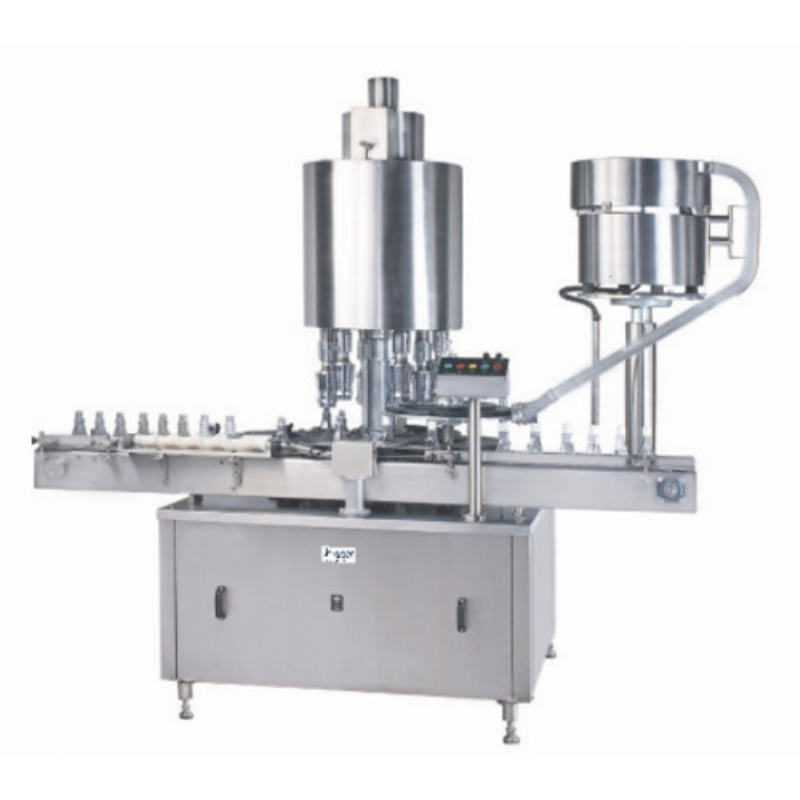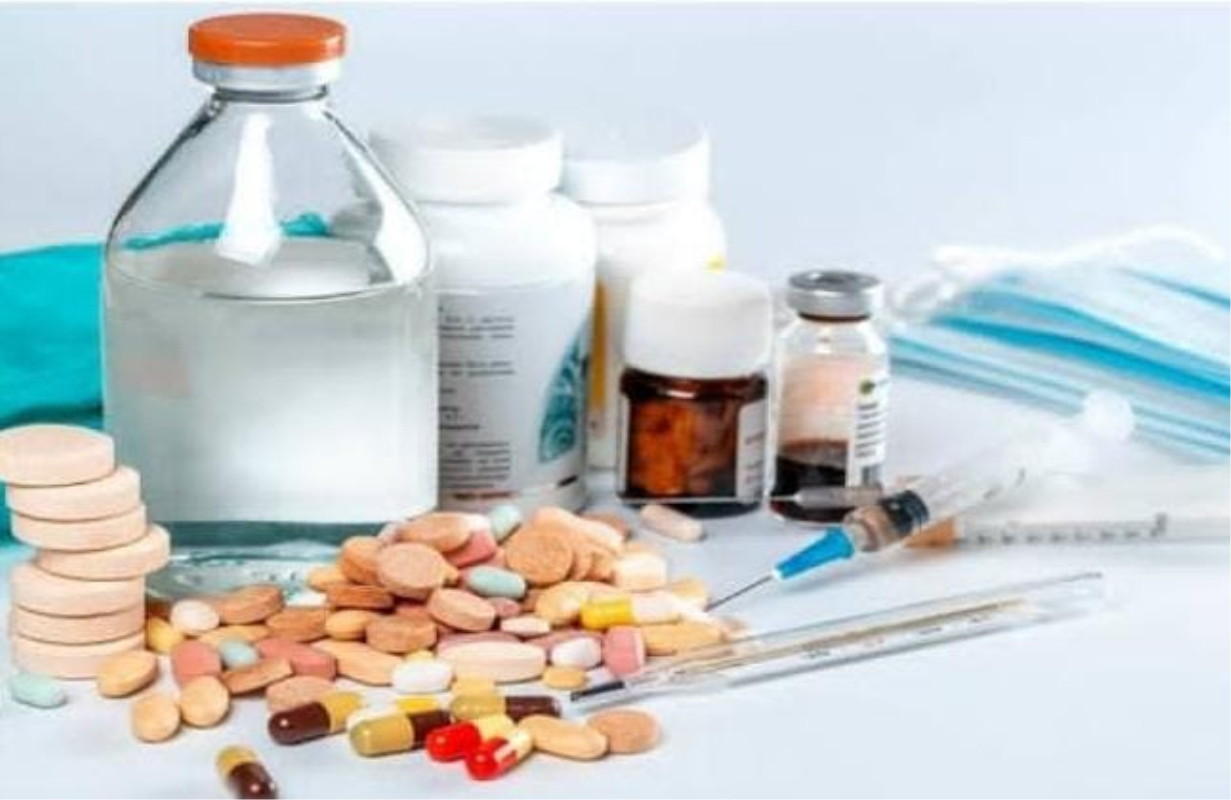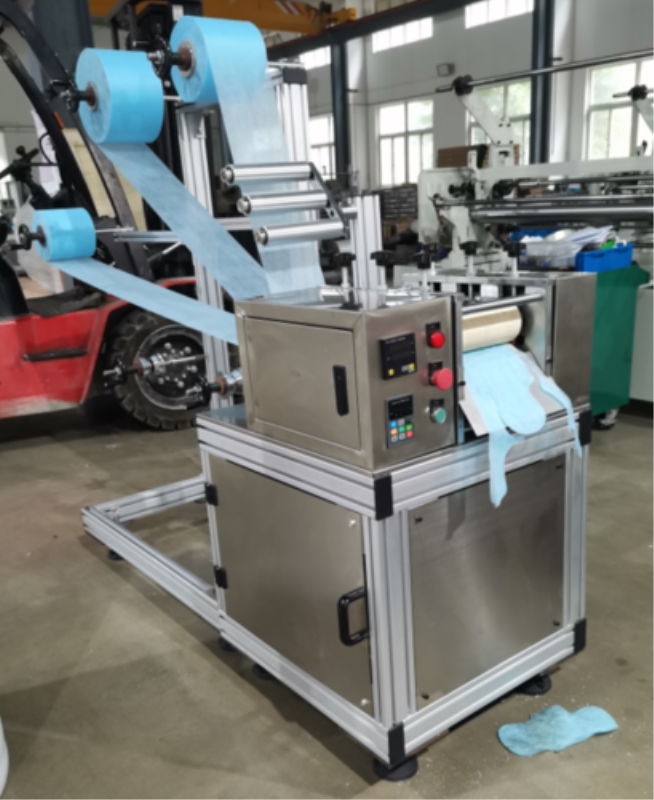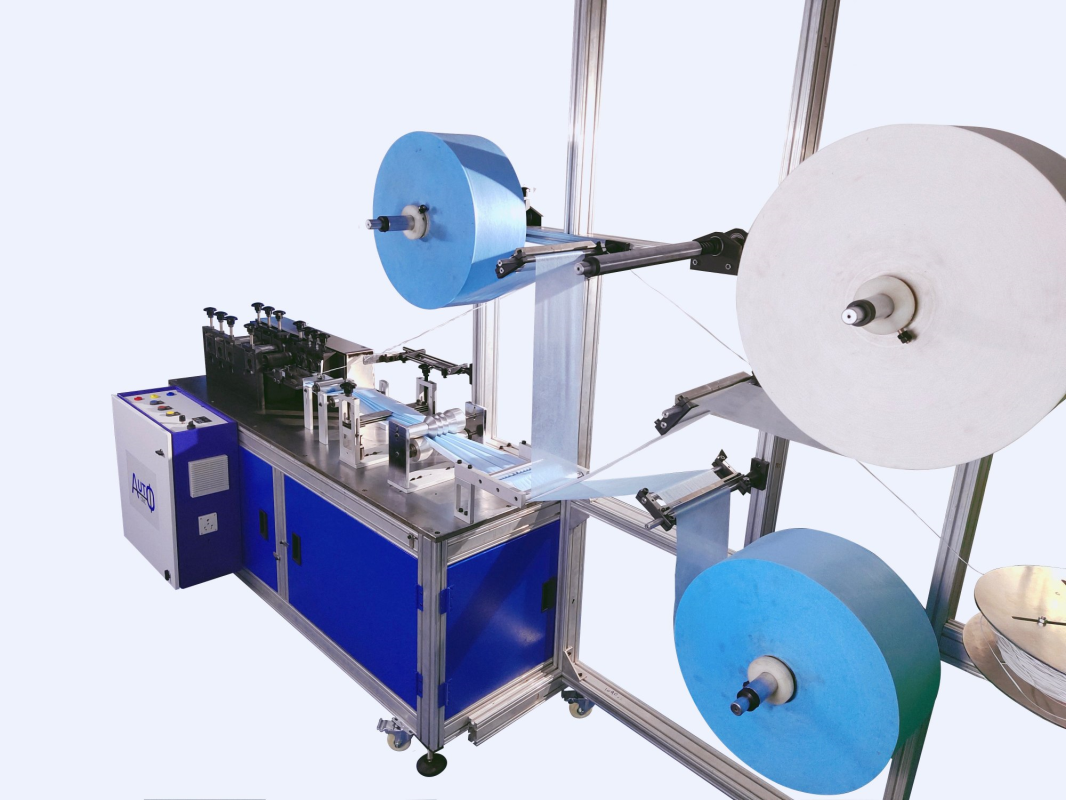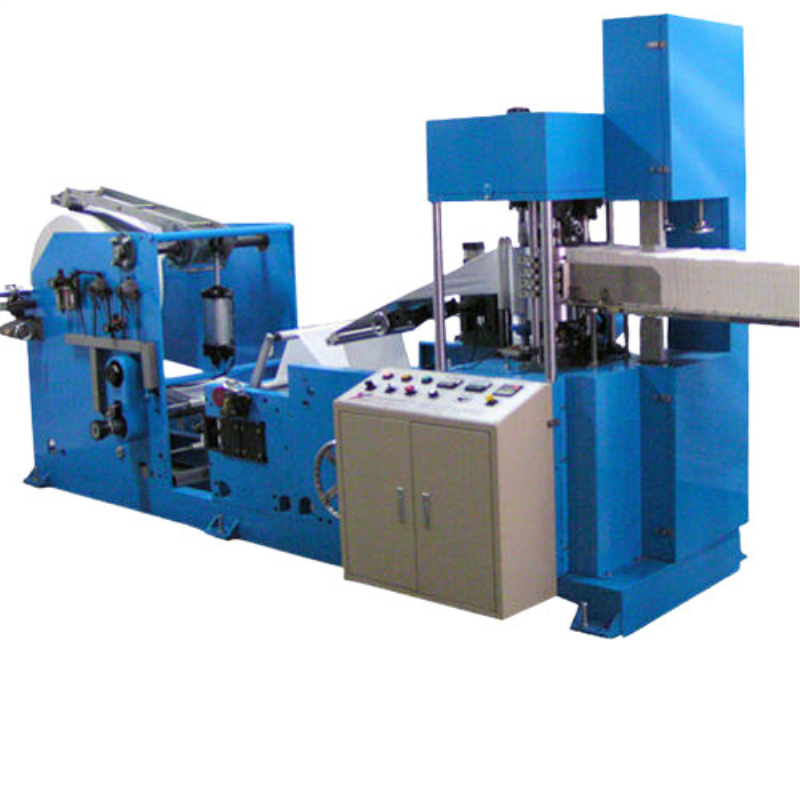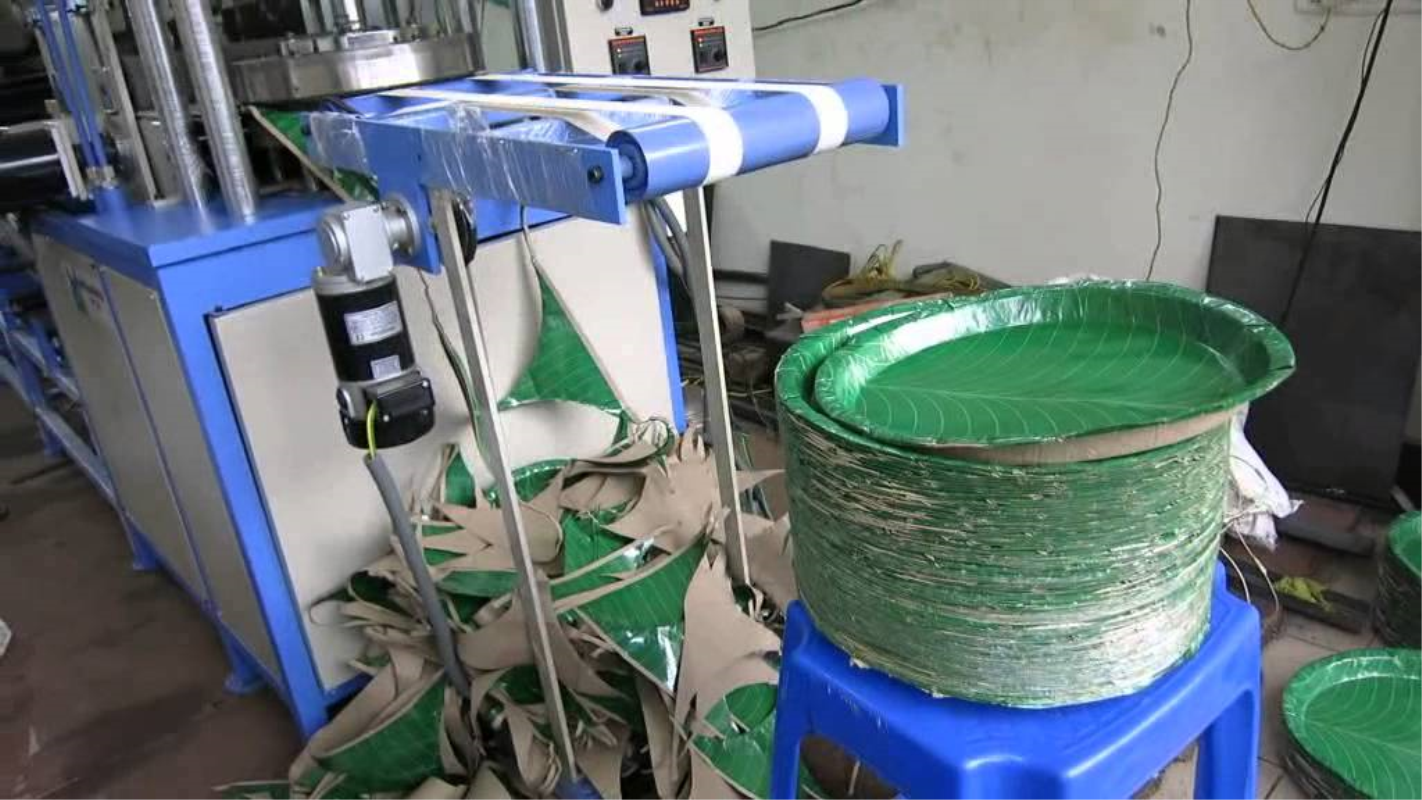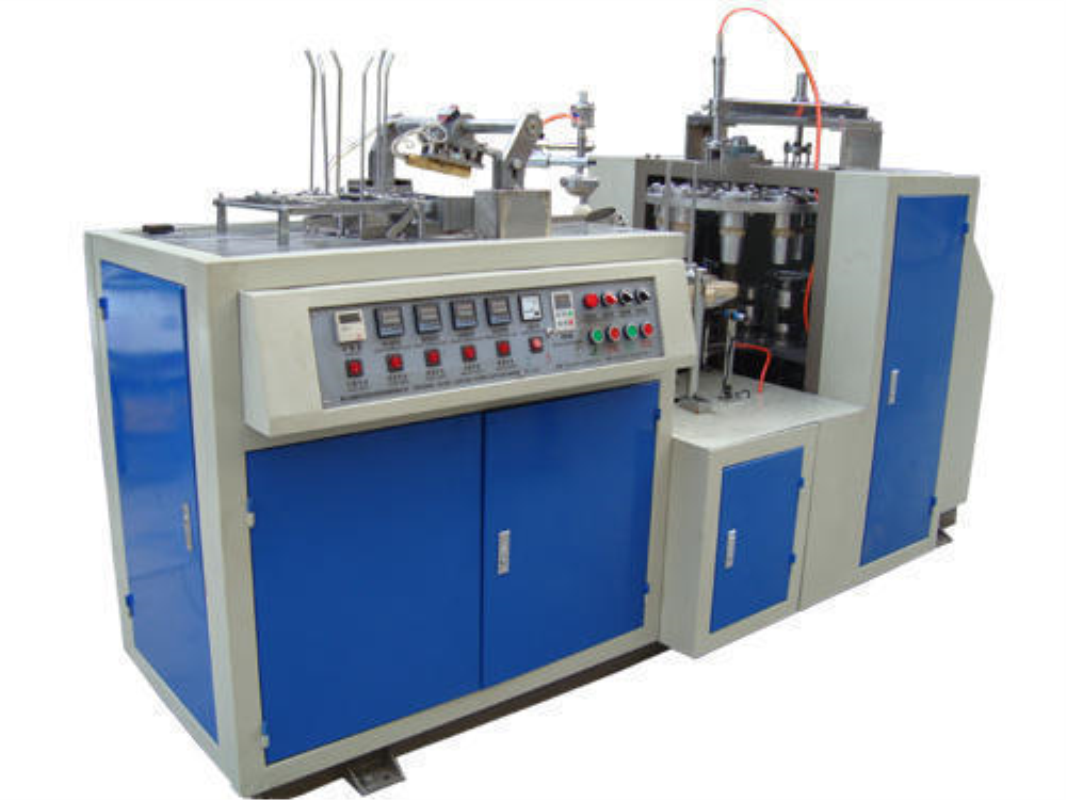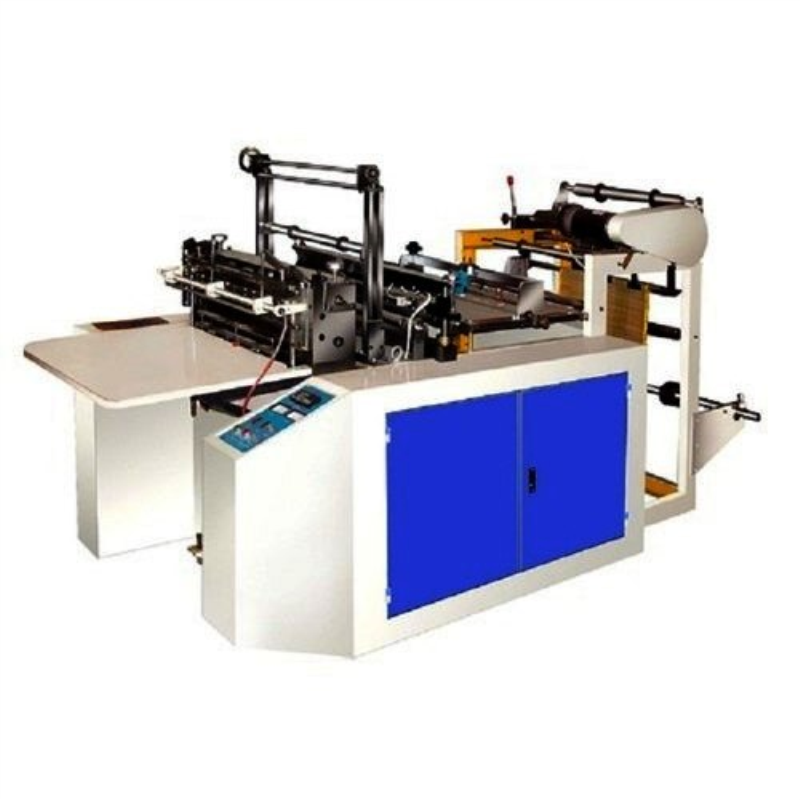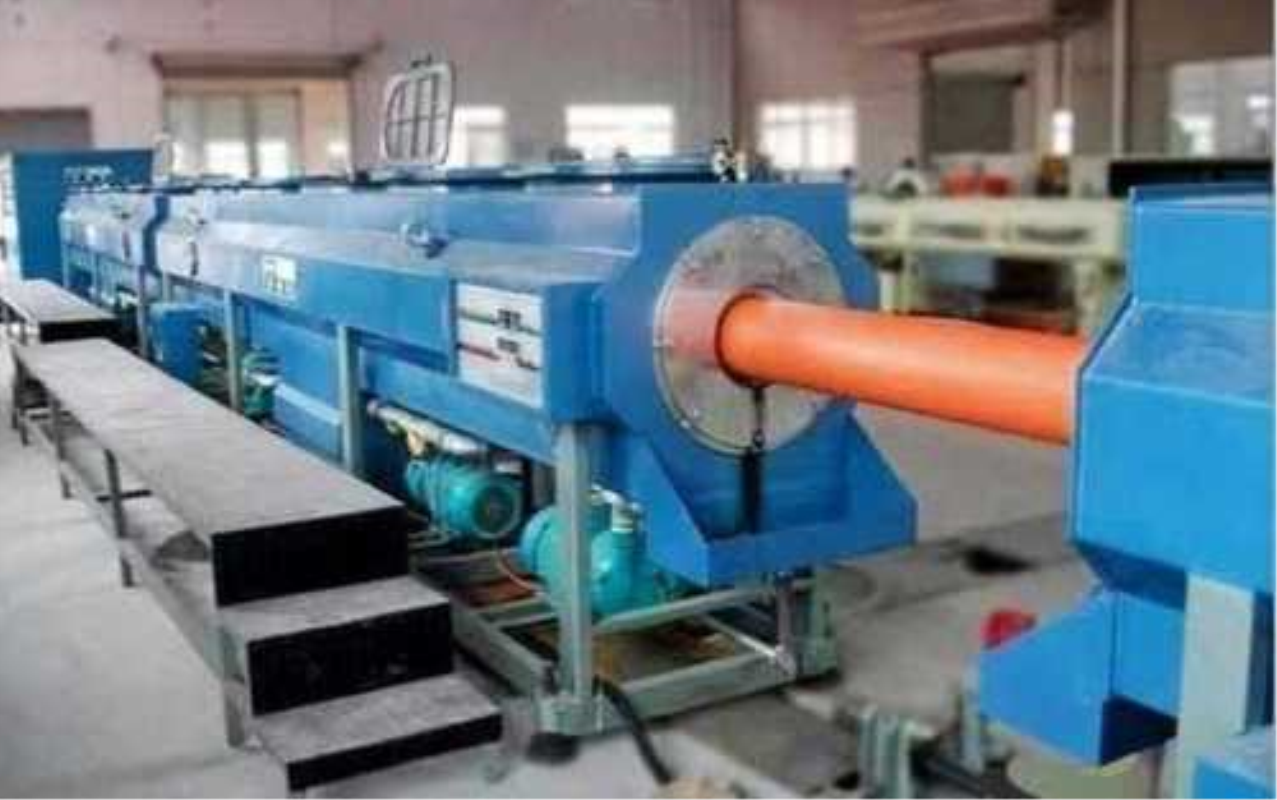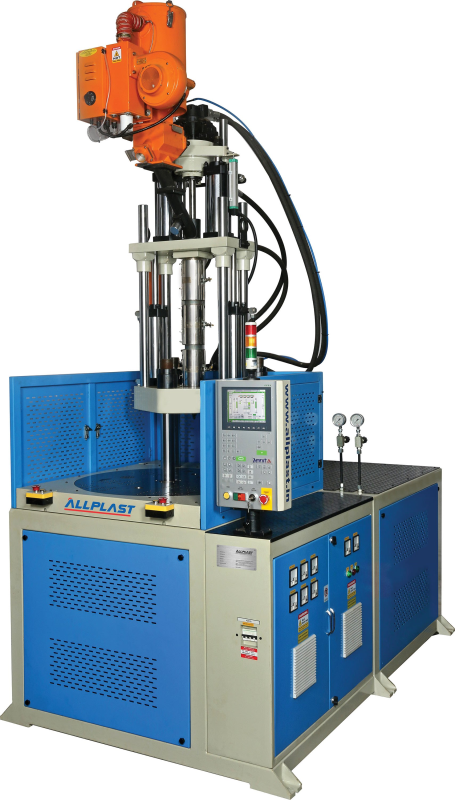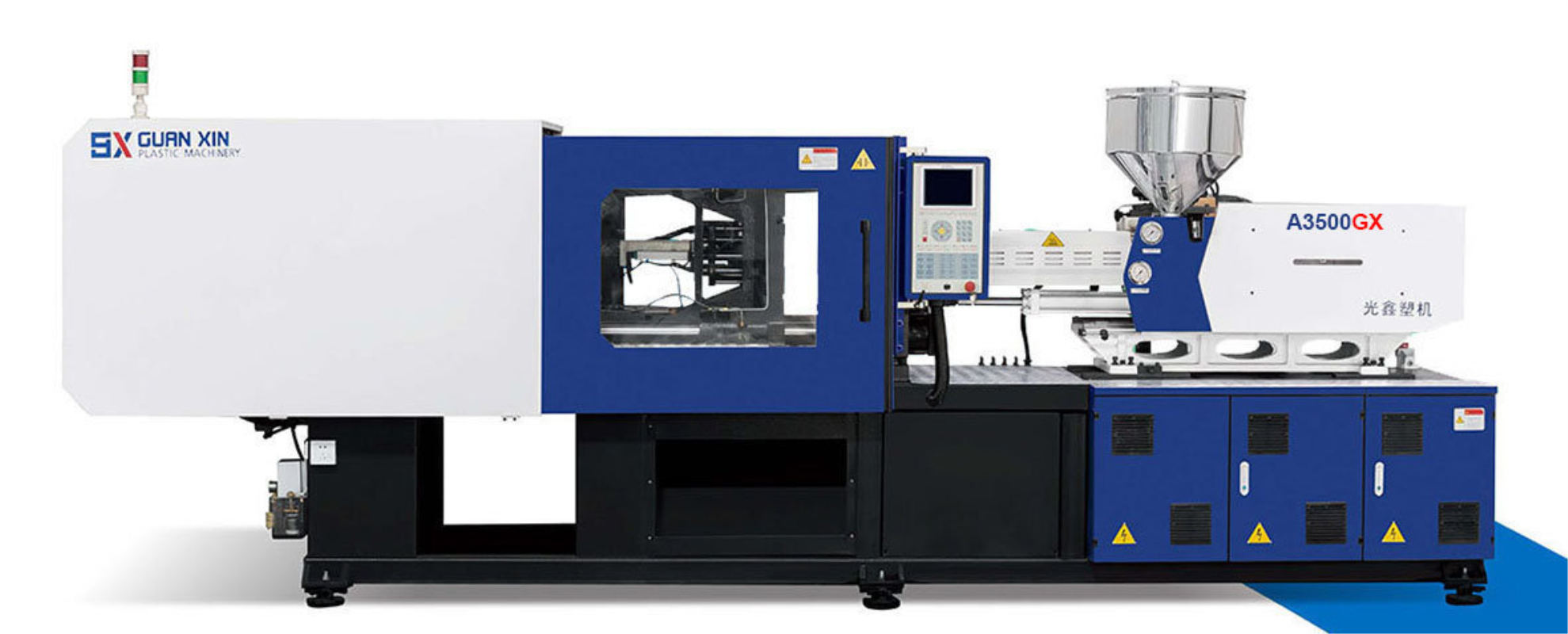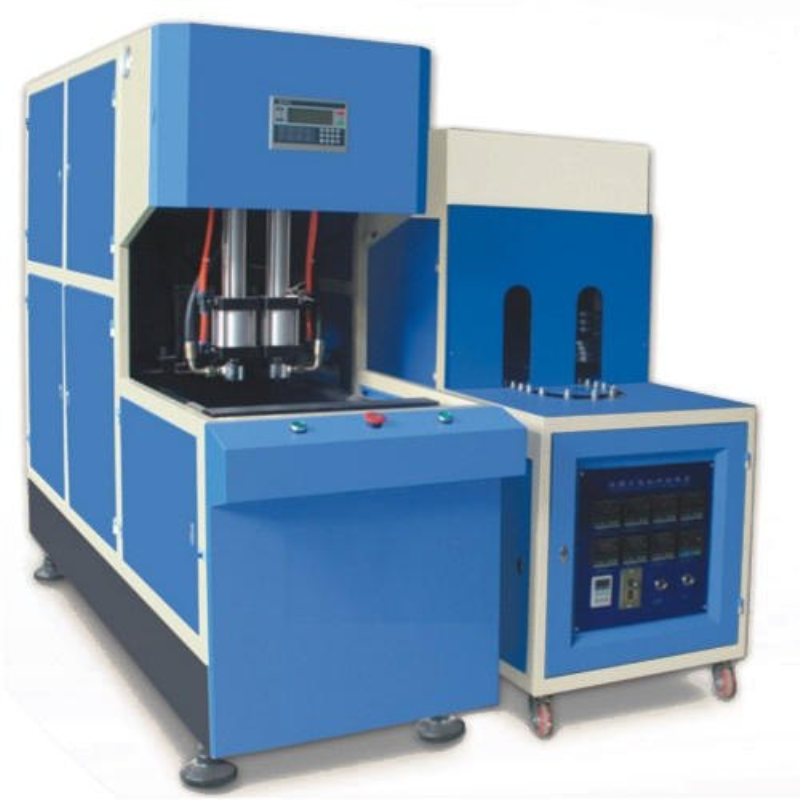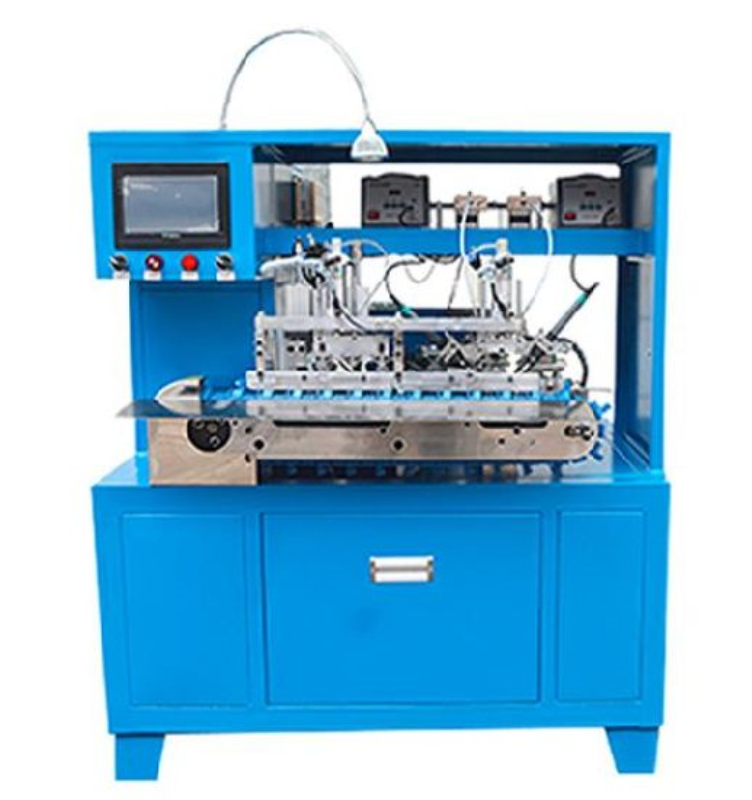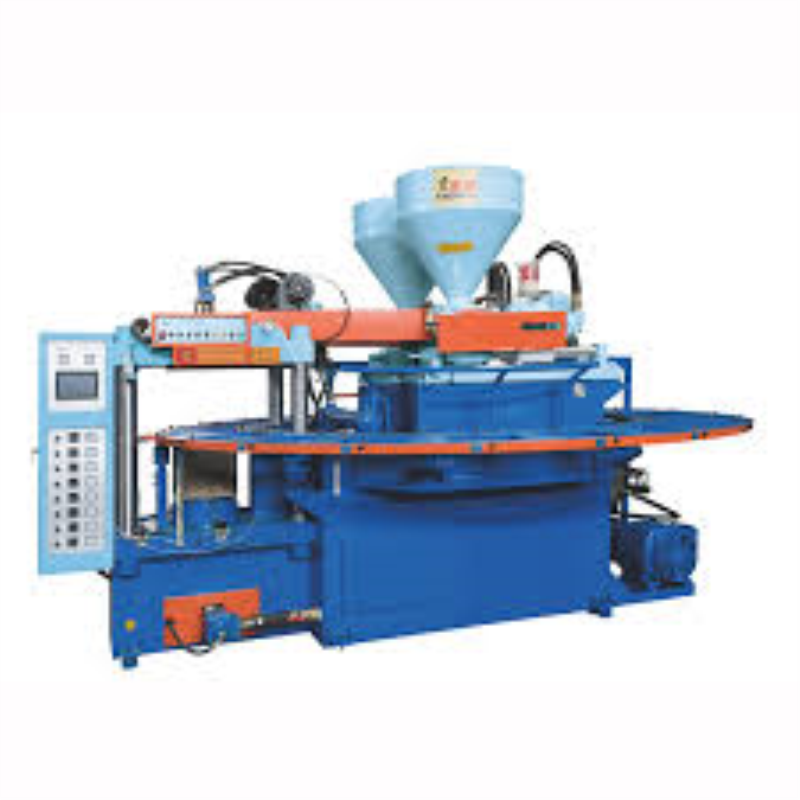Slipper Machine – High-Quality Solutions for Durable Footwear Production
A slipper machine, also known as a footwear making machine or a slipper manufacturing machine, is a specialized piece of equipment used for the automated production of various types of footwear, including slippers, sandals, flip-flops, and similar products. These machines play a crucial role in the footwear industry by allowing efficient and consistent production of footwear items in different styles, sizes, and materials.
Here's a more detailed overview of the components and operation of a slipper machine.
Components of a Slipper Machine
Mold or Die: The mold or die is a critical component that determines the shape and design of the slipper being produced. The machine accommodates different molds for various slipper styles.
Material Feeding System: This is where the raw materials, such as rubber, EVA (ethylene-vinyl acetate), PVC (polyvinyl chloride), or other synthetic materials, are loaded. These materials are melted, injected into the mold, and then solidify to form the slipper's sole and upper parts.
Heating System: The machine features heating elements that melt the raw material before injection into the mold. The temperature and heating duration are controlled to achieve the desired material consistency.
Injection System: The melted material is injected into the mold under controlled pressure and timing to form the slipper's sole and upper sections.
Cooling System: After injection, the slipper components cool and solidify within the mold before being ejected.
Ejection Mechanism: Once the slipper components have cooled and solidified, the machine's ejection mechanism releases the finished slipper from the mold.
Trimming and Finishing : Some machines include mechanisms for trimming excess material, smoothing edges, and adding finishing touches to the slipper's design.
Quality Control: Some advanced machines incorporate sensors and systems to inspect the slipper's quality, ensuring that only properly formed and finished slippers are produced.
Operation
Material Loading: The raw material is loaded into the material feeding system, where it is melted through the heating process.
Injection: The melted material is injected into the mold under controlled conditions to form the slipper's sole and upper components.
Cooling and Solidification: The slipper components cool and solidify within the mold.
Ejection: The finished slipper is ejected from the mold using the ejection mechanism.
Trimming and Finishing (Optional): Additional processes may be applied to trim excess material and refine the slipper's appearance.
Quality Control: Sensors and systems inspect the finished slippers for defects or irregularities, ensuring high-quality production.
Key Considerations
Slipper Style: Different slipper machines are designed to produce specific styles of slippers, such as flip-flops, sandals, or closed-toe slippers.
Material Type: The type of material used affects the slipper's comfort, durability, and appearance.
Customization: Some machines offer customization options, allowing for variations in design and color.
Automation: Higher levels of automation can improve production efficiency and reduce manual intervention.
Maintenance and Training: Proper maintenance and operator training are crucial for smooth operation and machine longevity.
Sustainability: There's a growing interest in producing footwear using eco-friendly and sustainable materials.
Slipper machines are essential for the footwear industry, enabling efficient production processes and consistent quality for a wide range of slipper styles. As with other industries, environmental concerns are driving the exploration of more sustainable and eco-friendly production methods and materials in slipper manufacturing.

